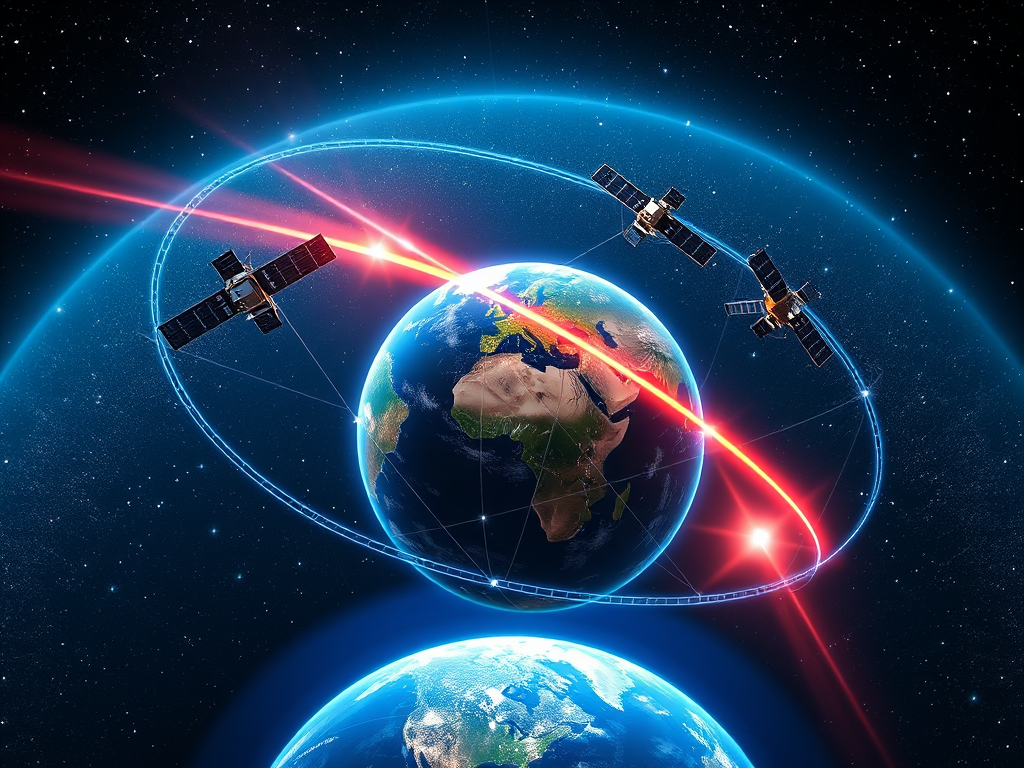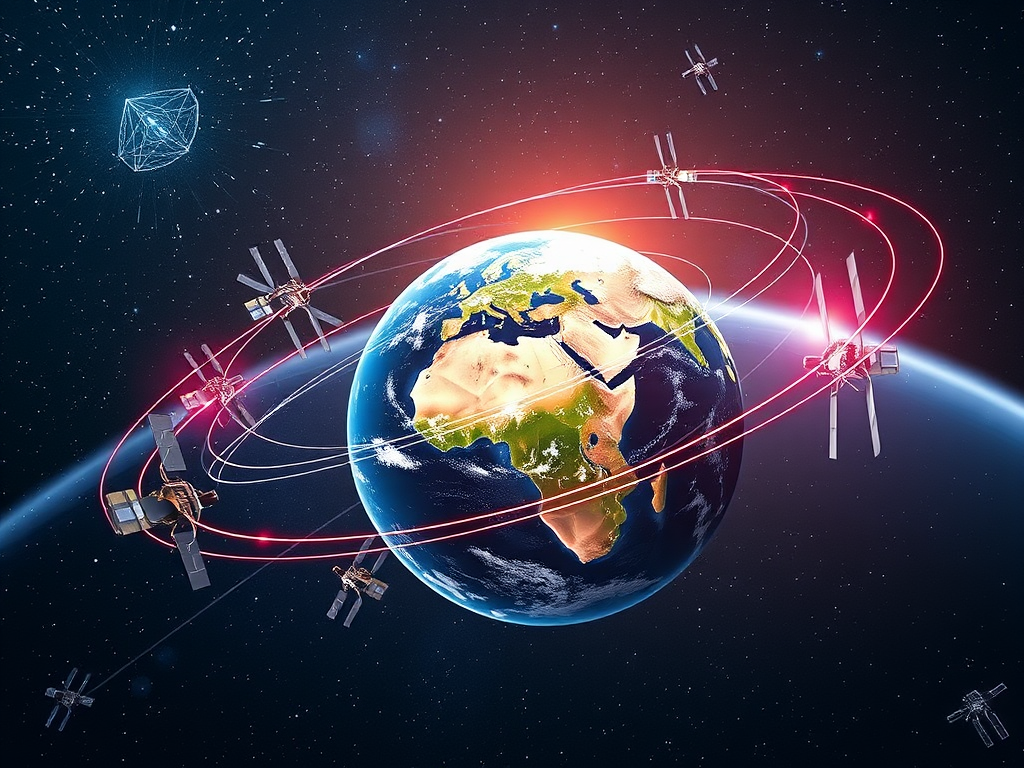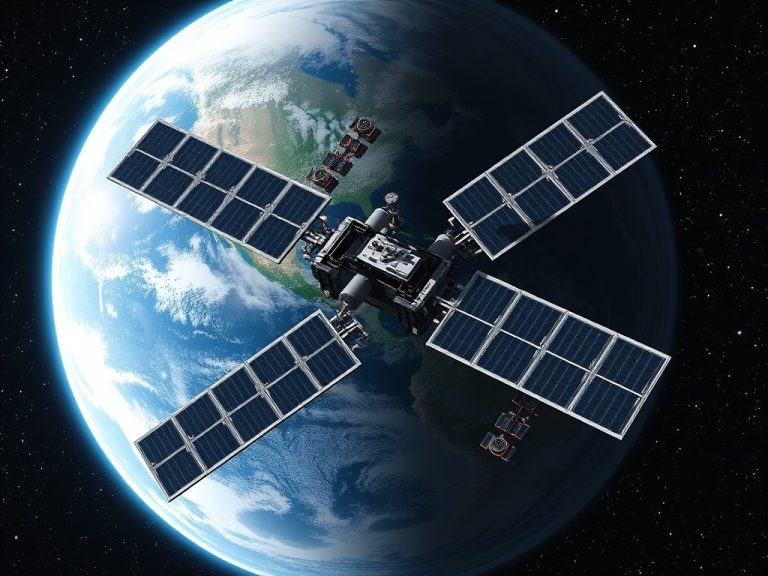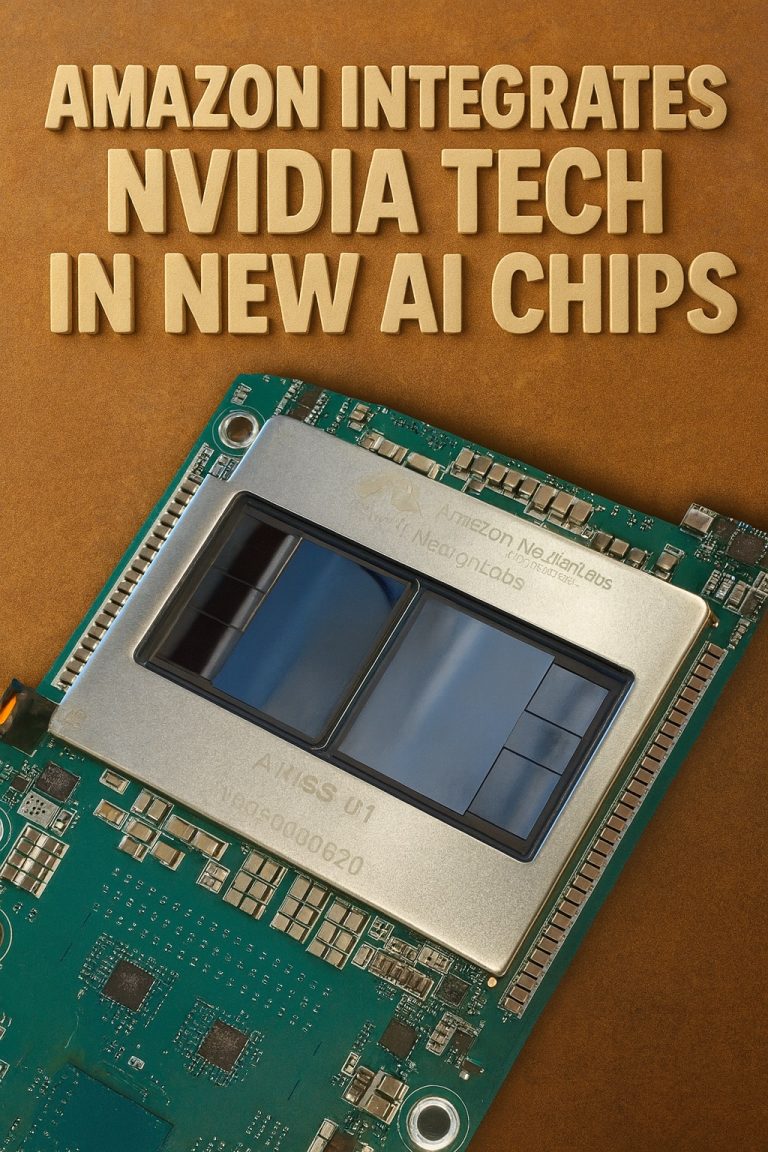
Satellite internet has come a long way since its inception, evolving from a visionary concept into a vital resource for global connectivity. This article explores the journey of satellite internet, highlighting key developments, challenges, and the future of this technology.
The Early Days: Conceptualization and Development
1. The Genesis of Satellite Communication
The idea of using satellites for communication dates back to the 1940s. Pioneers like Arthur C. Clarke envisioned geostationary satellites that could relay signals across vast distances. In 1965, the first communication satellite, Intelsat I (also known as Early Bird), was launched, marking a significant milestone in satellite technology.
2. The 1980s and 1990s: Commercialization Begins
The 1980s saw the commercialization of satellite communication. Companies like Hughes Network Systems and Teledesic began developing satellite internet services. Despite high costs and limited bandwidth, early systems set the stage for future advancements.
The Technological Leap: From Geostationary to Low Earth Orbit (LEO)
3. Advancements in Technology
The late 1990s and early 2000s brought significant technological advancements. Innovations in satellite design, miniaturization of components, and improved signal processing allowed for greater efficiency and lower costs. The introduction of DSL and cable internet led to a decline in satellite internet’s popularity, but it remained crucial in remote areas.
4. The Rise of LEO Satellites
The emergence of Low Earth Orbit (LEO) satellites transformed the landscape. Unlike traditional geostationary satellites, which orbit at 35,786 kilometers, LEO satellites operate at altitudes of 500 to 2,000 kilometers. This proximity reduces latency and enhances speed, making satellite internet more competitive with terrestrial options.

The Modern Era: Global Connectivity
5. Major Players Enter the Scene
In the 2010s, major tech companies recognized the potential of satellite internet. SpaceX launched its Starlink project, aiming to deploy thousands of LEO satellites to provide global coverage. Other companies, including OneWeb and Amazon’s Project Kuiper, followed suit, leading to a satellite internet boom.
6. The Impact of COVID-19
The COVID-19 pandemic highlighted the importance of reliable internet access. As remote work and online education became the norm, demand for satellite internet surged, particularly in underserved regions. This urgency accelerated deployment efforts and investment in satellite technology.
Challenges and Considerations
7. Regulatory and Technical Hurdles
Despite its rapid evolution, satellite internet faces challenges. Regulatory issues, orbital debris concerns, and the need for significant infrastructure investment are ongoing hurdles. Additionally, achieving high-speed connections in adverse weather conditions remains a technical challenge.
8. Environmental Considerations
As the number of satellites in orbit increases, so do concerns about space debris and its impact on the environment. Sustainable practices in satellite design and deployment are crucial for the long-term viability of satellite internet.
The Future of Satellite Internet
9. Advancements on the Horizon
Looking ahead, advancements in technology, such as enhanced AI algorithms for signal processing and the development of new satellite materials, promise to improve service quality. The potential for 5G integration with satellite networks could further revolutionize connectivity.
10. Bridging the Digital Divide
Satellite internet has the potential to bridge the digital divide, providing internet access to rural and underserved areas worldwide. As deployment continues and costs decrease, satellite internet may become a standard solution for global connectivity.
Conclusion
The evolution of satellite internet from a conceptual idea to a reality has been marked by innovation, challenges, and the relentless pursuit of connectivity. As technology advances and the demand for internet access grows, satellite internet is poised to play a crucial role in connecting the world, ensuring that even the most remote areas can participate in the digital age.






